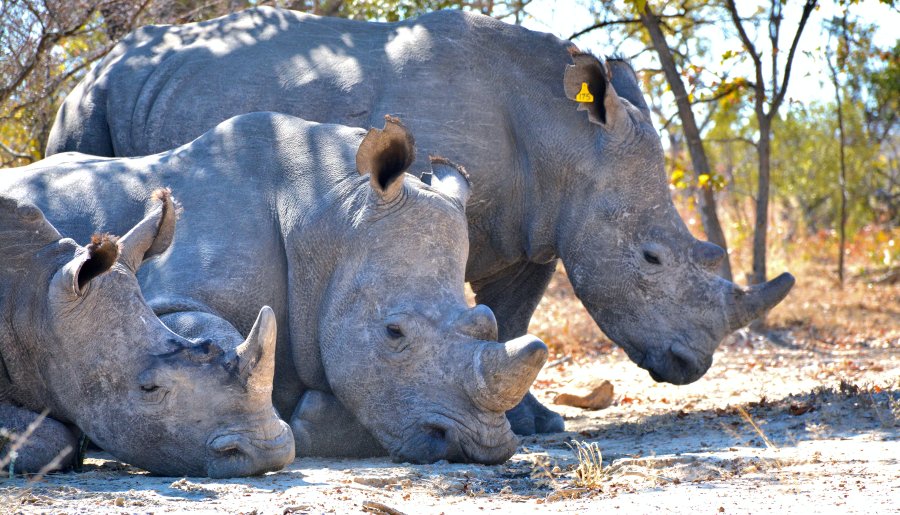…an extremely rare event that is (close to) impossible to predict, and typically with severe consequences. In order for insurers to prepare for such Black Swan events, they require established, solid, and resilient risk frameworks.
The 2021 half-year results of the largest Dutch insurers(1) showed great resilience from the insurance sector. In general, the underlying operating results and capital generation were very strong, combined with a healthy balance sheet and resilient solvency. A key question is whether this resilience is attributable to a strong risk management system — due to, amongst others, the introduction of the Solvency II framework in 2016 — or if resilience resulted from performance boosted by external factors like monetary easing by central banks (which lead to strong financial performance) and lockdowns (which resulted in fewer claims for the general insurance business and thereby better underwriting results). Likely it has been a combination of both, although it is fair to say that most insurers showed a quick and adequate response to the pandemic.
Besides Black Swan events, risk managers should also consider so called “Grey Rhinos”, which are slow-moving threats with a severe impact but, due to the seemingly slow speed of the threat, are sometimes not prioritized. A popular quote is, “Never let a good crisis go to waste”. The current COVID-19 crisis has required insurers to rethink their business operations. Now can be a perfect time for insurers to also address the Grey Rhinos that are lurking in the near distance — but might be arriving sooner than expected. This could also answer the question posed in the previous section: how resilient are insurers in the face of a crisis?
Continue reading this article under Download.
